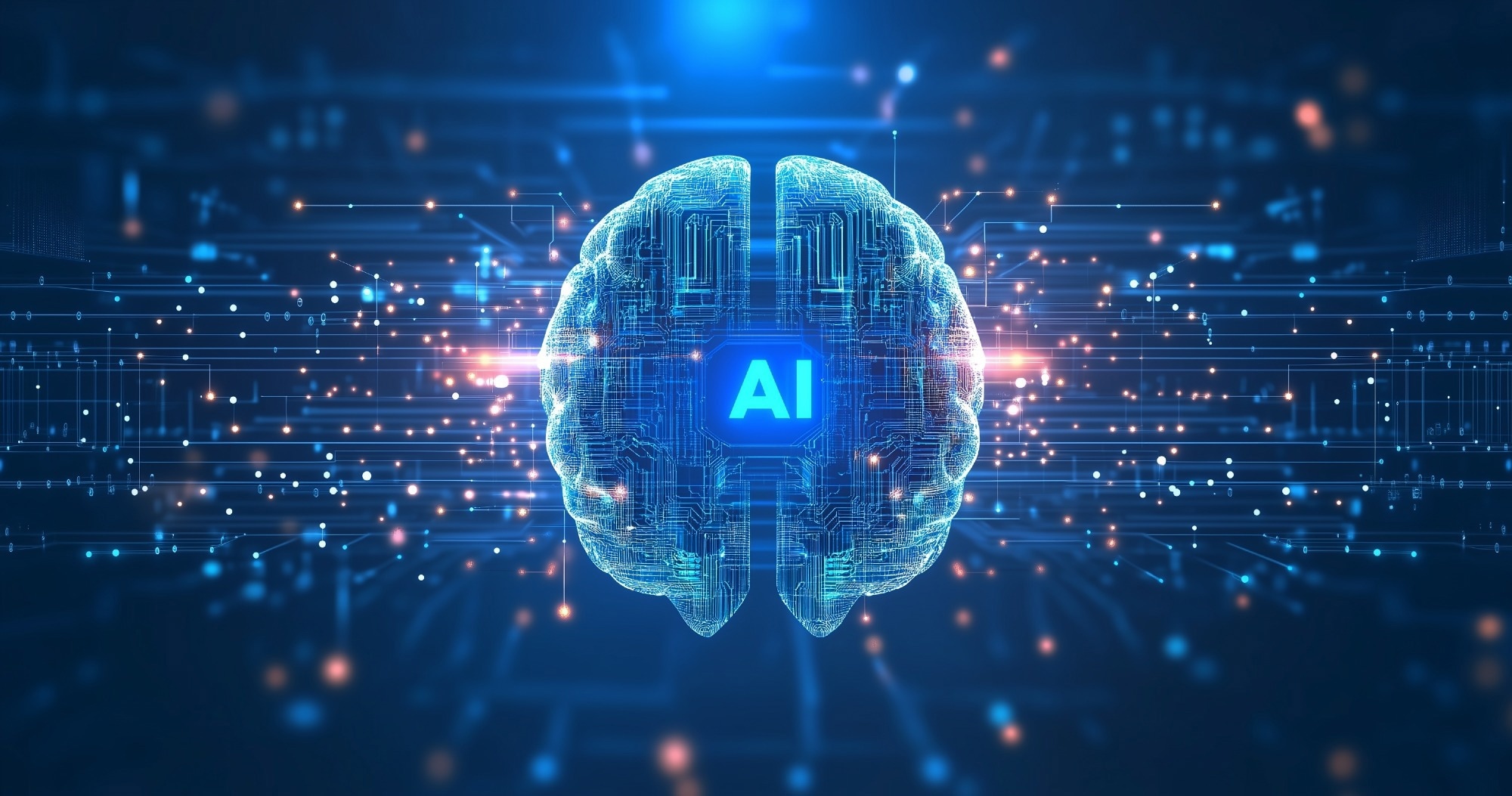
Image Credit: Anggalih Prasetya/Shutterstock.com
Custom-designed proteins act as precision tools in biotech. They can latch onto harmful cells, detect disease markers, or serve as components in drugs, vaccines, and diagnostic kits. But building these proteins manually is time-consuming and expensive. That’s why scientists are increasingly turning to AI to streamline the process and reduce development costs.
This AI tool condenses what typically takes months in the lab into just weeks. Beyond generating protein structures, it also predicts key properties, such as solubility in liquids and heat stability, ensuring the proteins are practical for lab use, storage, and manufacturing.
Our AI pipeline lets us design high-performance proteins quickly and at low cost. This gives smaller labs and companies a chance to compete and innovate.
Weiwei Xue, Professor, Chongqing University
Big Data, Fast Filtering
The team began by analyzing over 1300 known protein structures from public databases. The AI then created five variants for each, screening them for essential traits like stability and binding strength. Only the most promising candidates were selected, helping researchers avoid spending time on weak leads.
Ready for Real Use in the Lab and Clinic
Over 70 % of the AI-designed proteins were predicted to dissolve cleanly in solutions like water or buffers, crucial for use in lab tests, injectable drugs, or diagnostic strips. Around 60 % remained stable at high temperatures, making them easier to transport, store, and sterilize.
Designed for Flexibility and Fit
The designs span 55 different protein structure types, including segments of antibodies already found in approved drugs. This diversity increases their potential to target a wide range of diseases. Nearly half were predicted to bind more tightly than earlier designs - an important factor in making diagnostics more precise and treatments more effective.
Why It Matters
This research highlights how AI can speed up and cut costs in protein development - a key area for drug makers, biotech firms, and diagnostics labs. For researchers, it opens new possibilities for exploring biological questions with more powerful tools. And for the healthcare industry, it points toward faster innovation and more accessible solutions.
Journal Reference:
Li, Y., et al. (2025) Expanding the sequence spaces of synthetic binding protein using deep learning-based framework ProteinMPNN. Frontiers of Computer Science. doi.org/10.1007/s11704-024-31060-3